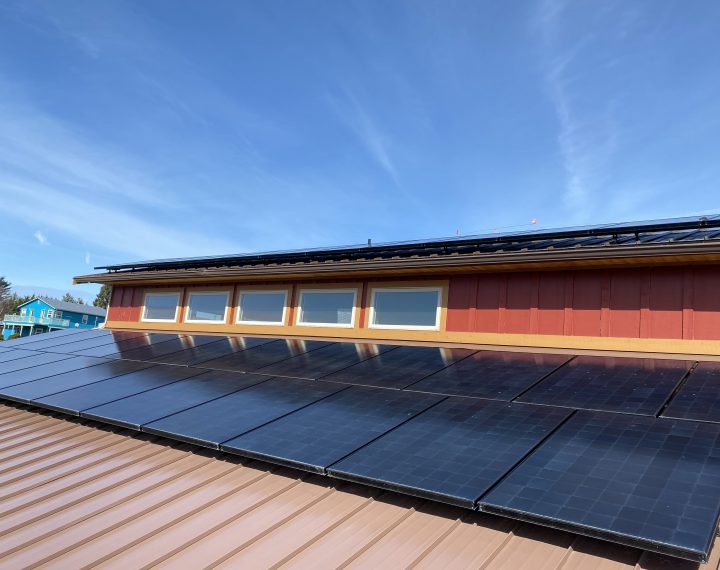Lithium battery production have been on a strong growth curve for many years and is poised for ten-fold increase development in the near term with support of the current administration and significant venture capital investments across the industry.
According to Gene Berdichevsky, CEO of Sila Nano, and formerly Tesla employee #7, there is currently about 285 GWh of annual production capacity for lithium batteries. He states there is an additional 2000 GWh of production capacity under development that will be complete within the next 5 years. Gene was recently interviewed by Shayle Kann on The Interchange. Sila Nano is itself building a plant that will provide anode materials for up to 100 GWh of lithium batteries annually targeted for the EV market, and sufficient for about one million vehicles per year. https://www.forbes.com/sites/alanohnsman/2021/01/26/sila-nano-hauls-in-590-million-to-make-materials-for-better-electric-car-batteries/
While we recognize there are issues with the procurement of lithium and other materials, there are groups addressing the issues currently, and it appears that the use of electric motors and lithium batteries is currently the best practice for all ground transportation, be it personal vehicles, freight, or rail.
Here at Power Trip and for all of us in Washington State, we are installing batteries, though there is still no economic impetus for batteries in conjunction with your solar array. While the percentage of our clients that initially state they want batteries is increasing, after we conduct an analysis of their energy needs, we usually determine the most sensible path is to install as much solar as possible up to the amount of energy you use, make certain you are using an electric vehicle as much as possible rather than buying and burning gasoline, and make other improvements in energy efficiency and emergency preparedness prior to considering a lithium battery installation.

11.7 KW Sunpower array on barn, Sequim, WA
Yes, agreed, but wouldn’t it still be good to have a battery backup for power outages/storms out on the peninsula? Or is it so rare as to not warrant the cost of install at this time, and just have a backup gas generator instead?
Yes, batteries are good to have. How I look at it overall is that choice / investment / equipment relative to other choices.
I love this topic and could go deep with passion and analysis, but to try and keep it short, there is a spectrum of responses and preparations for emergencies, and as we progress from easy to hard, from cheap to expensive, and from likely to unlikely, I think we eventually get to lithium batteries paired with solar for residential back-up. There are a lot of things we can do before that. Perhaps somewhat because of the popularity of a certain charismatic tech entrepreneur and the PR machine driving Tesla PowerWall-think, people are drawn to the idea of batteries and sometimes want to provide a solution for their home with this expensive investment without taking the time and effort to analyze the situation holistically, and without a clear understanding of exactly what those batteries can provide during a winter storm. Many installers respond with “Great, let’s sell batteries!”
We would rather make certain the choice is best for the client, and I find there are often better choices for their goals, and yes, gas or propane generators are commonly what seem a sensible choice to me. After a client has taken care of choices that might better initial steps in preparedness and resilience, it feels right to design and install an appropriately sized batteries. Those systems are pretty fun!
Thanks for your comment. Is this a choice you are evaluating for yourself at the moment?